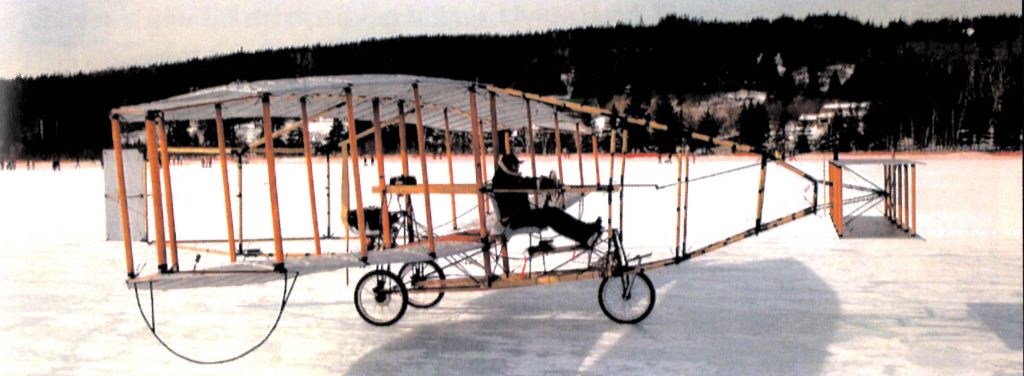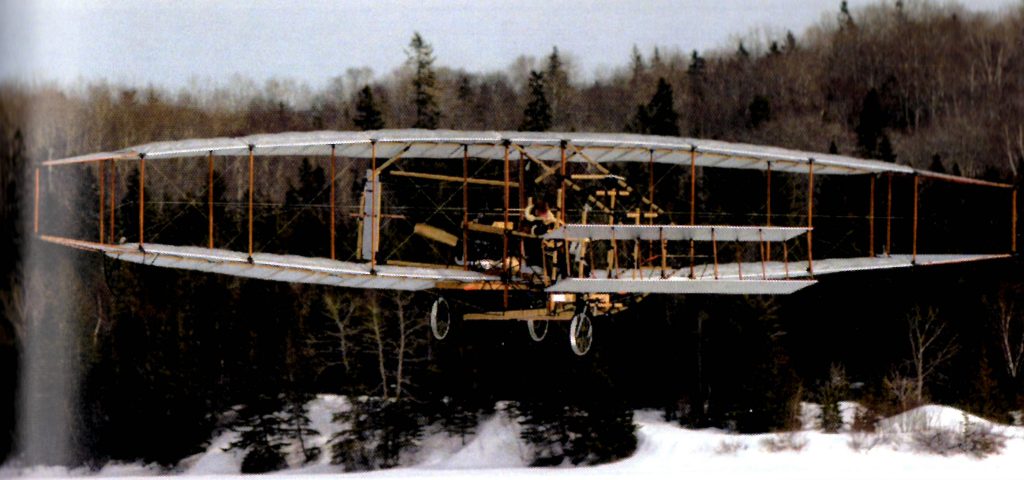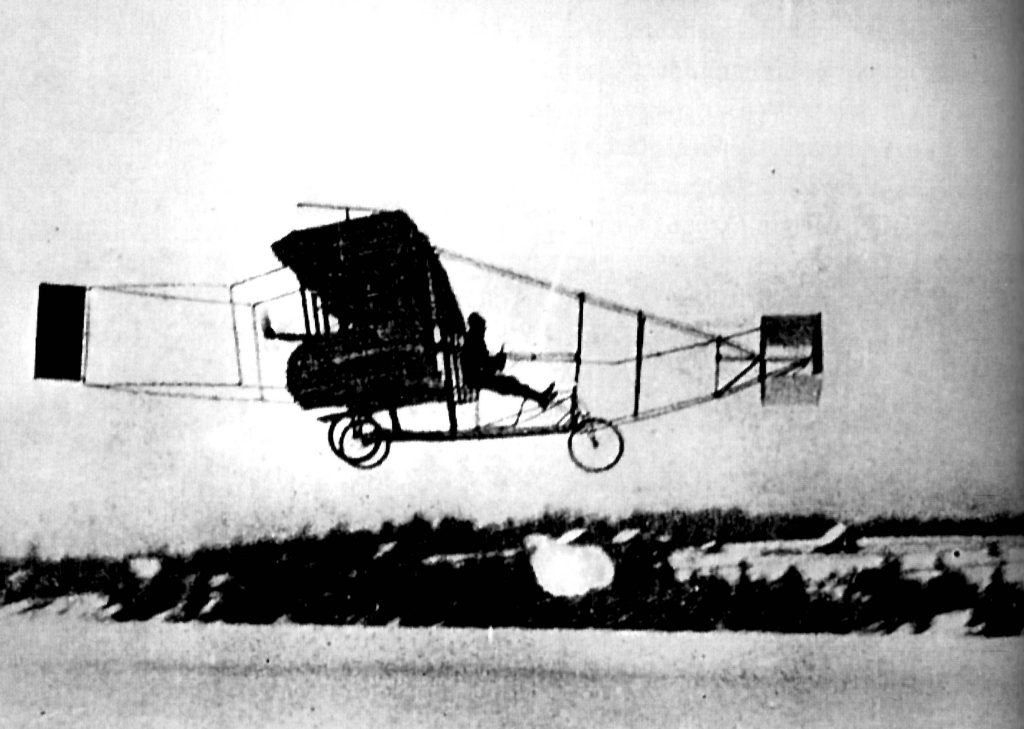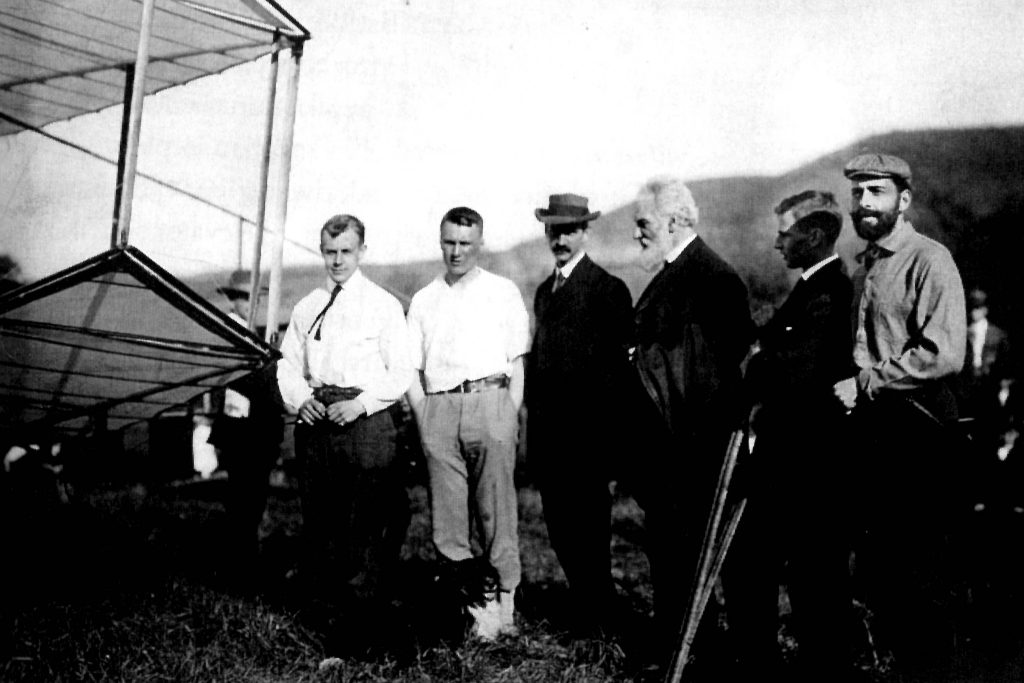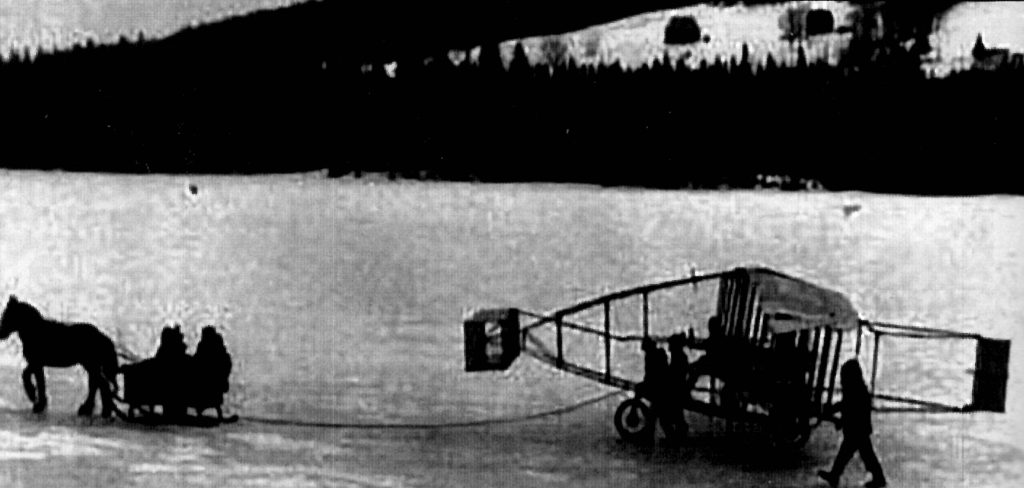aea sILVERDART
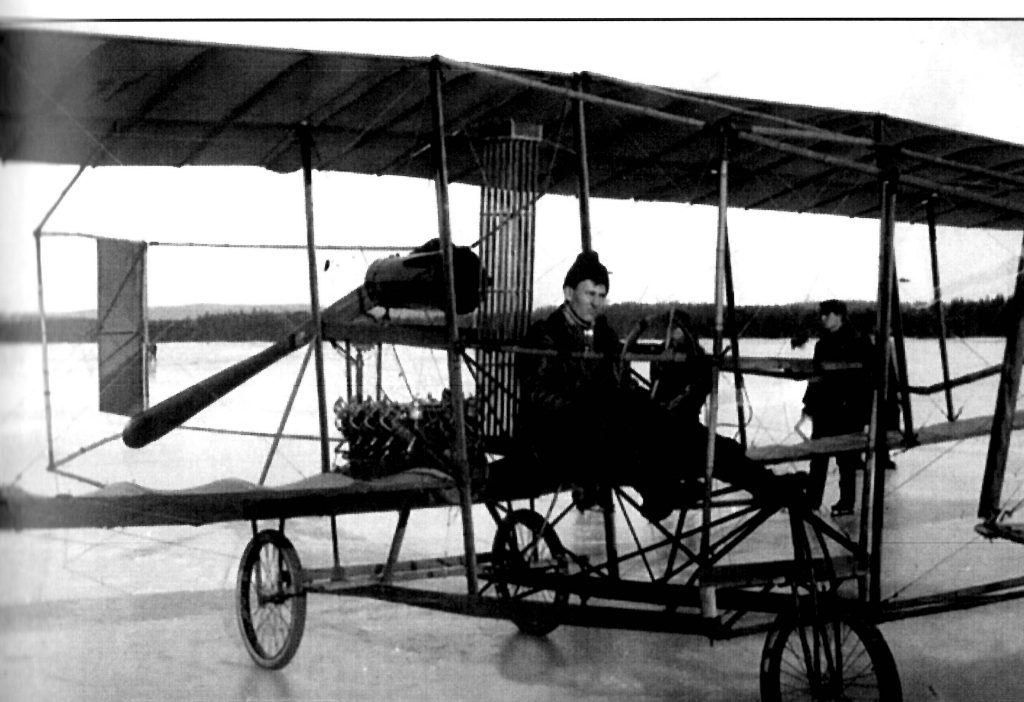
Aircraft Details
- Half-scaled replica of the Silver Dart – Wing Span about 25 feet
- Fast Facts for Full-sized Silver Dart
- Wing Span………………15 m (49 ft 1 in)
- Length……………………12 m (39 ft 4 in)
- Height…………………….2.9 m (9 ft 7 in)
- Weight, Empty………….277 kg (610 lb)
- Weight, Gross…………..390 kg (860 lb)
- Cruising Speed…………69 km/hr (43 mph)
- Max Speed………………69 km/hr (43 mph)
- Rate of Climb……………Unknown
- Service Ceiling………….21.4 m (70ft)
- Range…………………….N/A
- Power Plant……………..Curtiss provided the Kirkham engine, a V-8 that developed 35 horsepower at 1,000 rpm
Aircraft Description
- First aircraft heavier than air to fly in Canada in 1909 – 5 years after Kitty Hawk flight
- Douglas McCurdy, a protégé of Alexander Graham Bell made the first flight at Baddeck Bay, Cape Breton on Tuesday afternoon, Feb 23, 1909
- Unlike the Wright Brother’s plane, the Silver Dart did not require a catapult to take flight
- Able to become airborne under its own propulsion
- First aircraft to incorporate ailerons
- First aircraft with tricycle undercarriage
- Famous Canadian Alexander Graham Bell was part of the original Silver Dart project
- Bamboo is used in the structure of the fuselage
Designed and built by Alexander Graham Bell and the Aerial Experimental Association (AEA), the aircraft was called the Silver Dart because of the silver-looking rubberized fabric used to cover it. The AEA team included Bell, John Alexander Douglas McCurdy, F.W. (Casey) Baldwin, Thomas Selfridge, and Glenn Curtiss, who was famous for the manufacture of motorcycle engines. The association’s goal was simply “To put a man in the air”
The Silver Dart was the fourth flying machine the AEA had constructed, after a series of kites and gliders. After experiencing issues leveling out these early aircraft when they began to tilt, the team added adjustable flaps to the wings, which became known as ailerons.
After many successful flights in Hammondsport, New York, the craft was dismantled and shipped to Baddeck, Nova Scotia, where it was piloted by McCurdy, a Canadian engineer and aviation pioneer. The first passenger flight in Canada was made by the Silver Dart on August 2, 1909.
Curtiss provided the Kirkham engine, a V-8 that developed 35 horsepower at 1,000 rpm. The aircraft had an “elevator in front” design, and its propeller was carved from a solid block of wood (see image below).
Replicas were built and flown on the 50th and 100th anniversaries of the 1909 flight, and are on display at the Alexander Graham Bell National Historic Site of Canada and the Canada Aviation and Space Museum.


